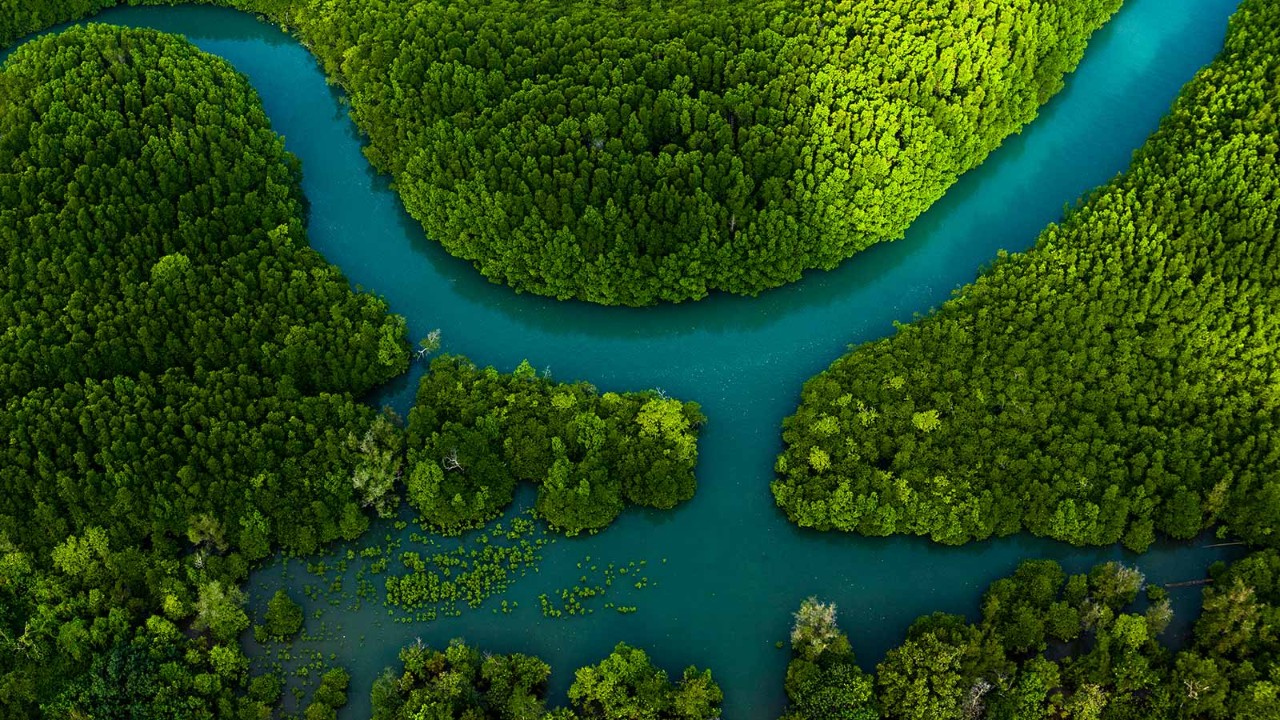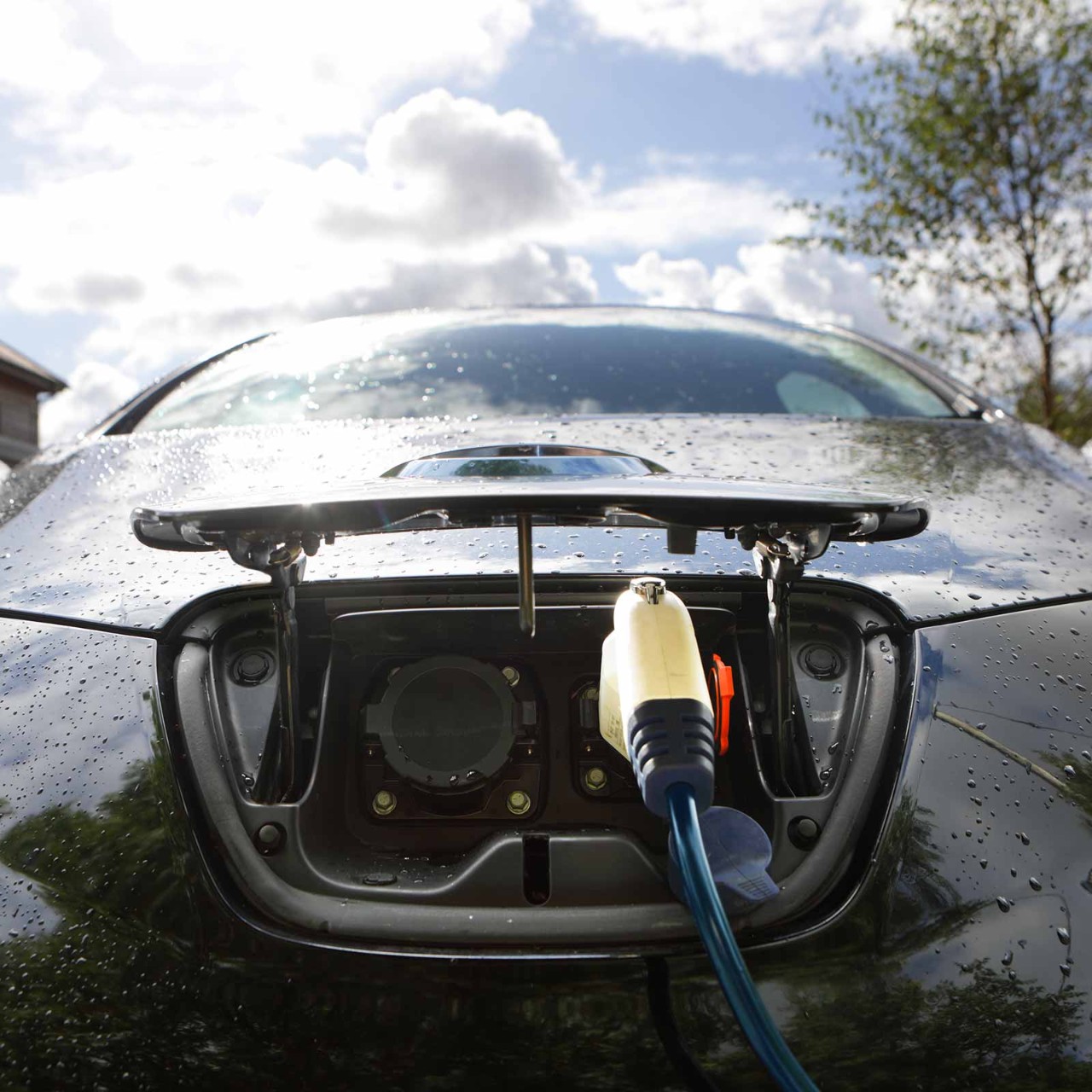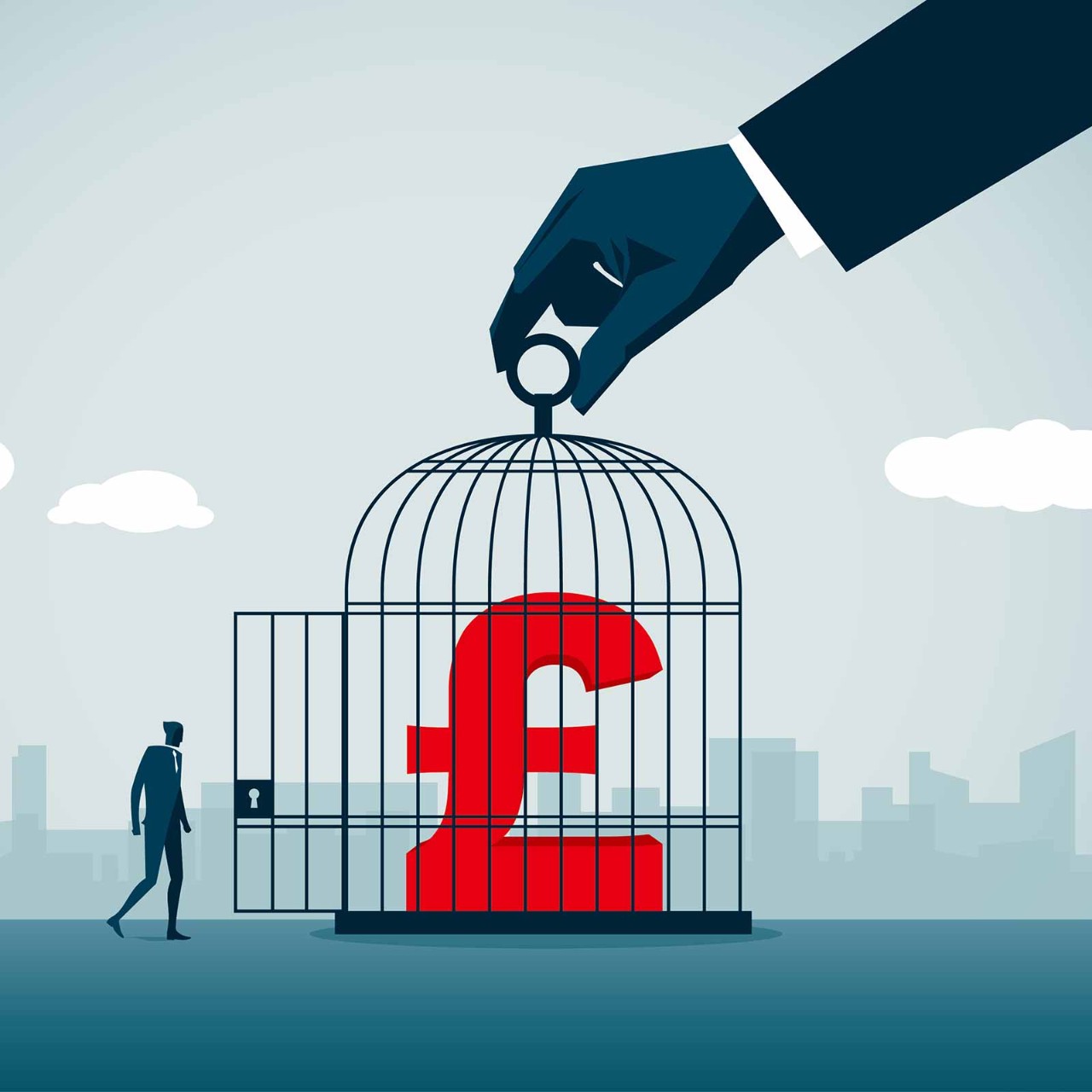
In March 2021, the UN finally adopted the System of Environmental-Economic Accounting (SEEA). The system, in development since the early 1990s, is a method of compiling statistics to accurately demonstrate the relationship between the environment and the economy at a national level.
UN estimates suggest more than half of global gross domestic product (GDP) depends on the natural world, but overuse of scarce resources risks damaging often fragile environments. The hope is that the new framework will discourage erosion of environmental goods by illustrating their role as valuable assets to manage with policy.
SEEA has been developed on the basis of the UN’s System of National Accounts (SNA), the international standard system for measuring economic activity, and seeks to measure three broad areas: environmental flows, stocks of environmental assets, and economic activity related to the environment. This information is then fed into policymaking. SEEA is designed to supplement existing measures in the SNA such as GDP, thereby offering the potential for countries to rebalance their wealth calculations to enhance the preservation of natural assets.
‘You can’t control what you cannot measure, and SEEA absolutely delivers a basis for sustainably minded policymaking’
The system is flexible and modular, to accommodate different countries’ capabilities to produce and use statistical evidence. Crucially, the UN sees it as a tool for measuring national and international progress towards the Sustainable Development Goals (SDGs), and has declared that ‘SEEA is well positioned to support integrated policies based on a better understanding of the interactions and trade-offs between the environment and the economy’.
Benefits of SEEA include its clarity and comparability of measurements. Using SEEA, countries record the extent, condition, and stocks and changes of environmental assets, and the supply of ecosystem services and the uses of those by economic interests.
In practice
It works like this. Using SEEA to account for water assets, for example, countries record their ‘opening stock’ – the amount of water they have in millions of cubic metres. Then they calculate additions to that stock, such as precipitation and discoveries of water in aquifers, and subtract reductions in stock, such as outflows to the sea, evaporation and abstraction (water used in the economy). The final figure is the ‘closing stock’ – the basis for the following year’s accounts. In accounting for physical water use under SEEA, a nation would calculate the total use of water in cubic metres by, for example, agriculture, forestry, electricity generation and households.
Such an approach, according to the UN, helps to disentangle data that nations have so far taken for granted, and elaborates on changes in position that allow for better decisions by policymakers. The SEEA approach can also be embedded into integrated reports and other types of business reporting, allowing companies to accurately state their consumption of natural capital and the impact on national ecological system boundaries. Such system boundaries allow companies to plan reductions in, for example, fossil fuel usage, in line with the genuinely available level of natural capital.
SEEA has already been applied in some countries. In South Africa, for example, accounts for river conditions fed into the country’s national water and sanitation masterplan, and in Indonesia a carbon assessment has helped the country understand the impacts of change in peatland ecosystems. The UN’s 2020 Assessment reported: ‘Of the 89 countries implementing the SEEA, 62 (70%) had published at least one account on regular basis.’
Greenwashing
There are questions, however – not about SEEA’s usefulness, but whether it will or should be used at all, both on a macro and micro level. There are some concerns about whether the accounts are being used in the manner for which they were intended, or are simply window-dressing for governments hyper-aware of capturing a developing ‘green vote’.
In fact Bram Büscher and Robert Fletcher of Wageningen University – highly regarded for its research on climate – state that ‘there is an untenable tension between the limitlessness of money and the limits of natural capital.’ They argue that ‘natural capital is …inherently anti-ecological and has little to do with giving value to nature…It is the exploitation of nature to inject more value, and seeming legitimacy, into a faltering capitalist economy.’
Selective weakness?
At the widest level, there are concerns that the SEEA approach may have been cutting-edge in 1993, but is long overdue in 2021, and there are understandable worries that this is yet another ‘green’ framework for governments that have long understood that large-scale resource extraction is problematic.
What’s more, SEEA’s clear and encouraged links with measuring progress towards the SDGs hitch it to that effort’s wagon, which has been criticised for, among other things, being insufficiently actionable and specific, and reliant on old models of industrial growth (such as aiming for 7% annual GDP growth in the least developed countries, and failing to measure household and unwaged labour, which is calculated as 15%–70% of ‘real’ GDP).
In other words, concerns centre around national governments’ ability to select which elements of the SEEA approach suit which areas of their economy and to selectively ignore information in the pursuit of competitive growth.
Alan McGill, global head of sustainability reporting & assurance at PwC, says: ‘I am hopeful that policymakers will get behind both the spirit and the letter of SEEA. But while both the SDGs and SEEA remain high-level and voluntary, and GDP remains the most widely used and understood measure of economic progress, it is entirely possible governments will continue to kick the can down the road and pursue growth at considerable ecological cost. Accountants will play a serious role in persuading them otherwise.’
More information
The accountancy profession has a vital role to play in sustainability and climate action. To find out more, visit ACCA’s sustainability resources.



